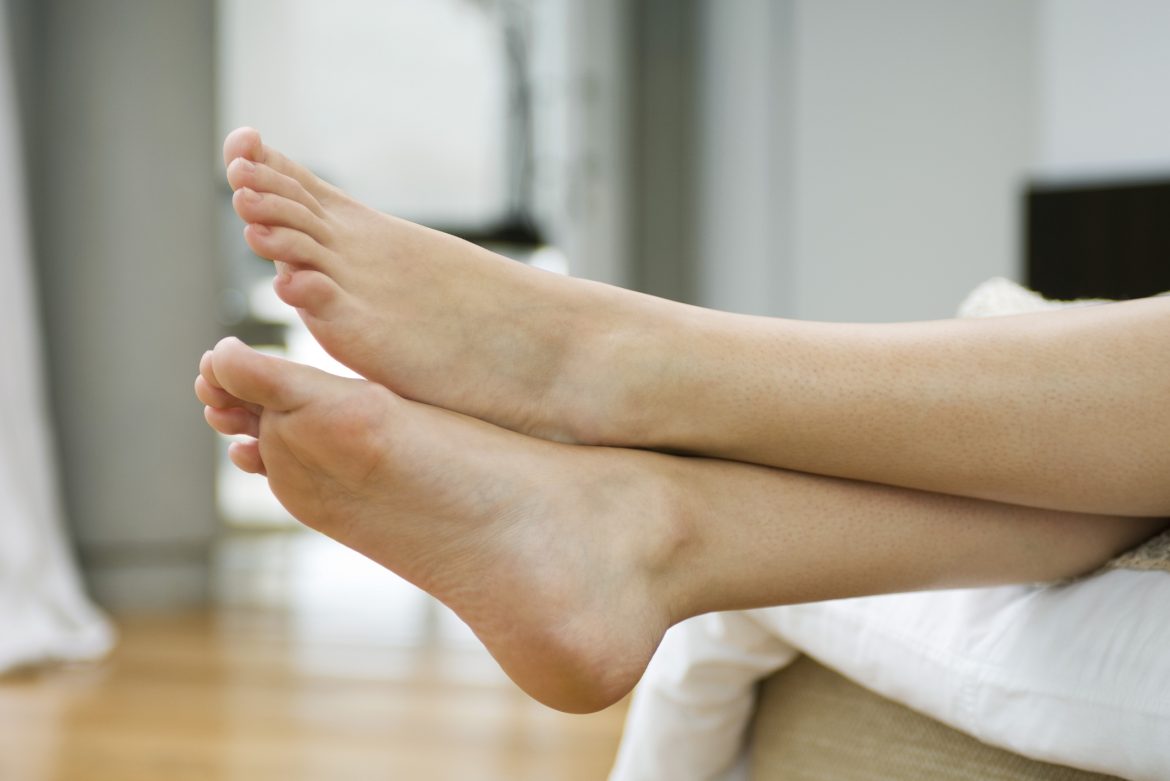We all love and strive for baby-soft feet. However, thanks to constant friction and pressure applied to our soles, dry, cracked, and hardened skin and calluses are a guarantee.
Before you run to the salon to have them removed, callus removers have landed on our beauty desk and we’ve found safe methods for removing them at home!
What are calluses?
Calluses are thickened areas of skin that develop due to repeated friction or pressure. They often appear as rough, hardened patches on the skin, most commonly found on the feet, hands, or any area subject to repetitive stress. Calluses form when the skin produces an excessive amount of a protein called keratin, resulting in the thickening and hardening of the affected area.
Causes of calluses
Repetitive pressure: Constant friction or pressure on the skin can cause calluses to form. Activities like playing musical instruments, weightlifting, running, or wearing ill-fitting shoes can lead to callus formation.
Improper footwear: Wearing shoes that are too tight, narrow, or have high heels can cause excessive pressure on specific areas of the feet, resulting in calluses.
Lack of moisture: Dry skin is more prone to callus formation. Insufficient moisture can make the skin less supple and more susceptible to friction-related damage.
ALSO SEE: Put your feet first! How to keep your foot health on point
The path to softer soles
If a callus becomes painful or bothersome, you may want to consider sloughing them away. Here are some safe methods to help alleviate discomfort and restore the natural smoothness of your skin:
Soaking and exfoliating
Start by soaking the affected area in warm, soapy water for about 10-15 minutes to soften the callus skin. Next, use a pumice stone, foot file, or a callus remover tool. This process helps slough away dead skin cells and reduce the thickness of the callus.
Tip: Slow and gentle wins the race. Gently rub the area in a circular motion until the callus in removed.
Moisturising
Regularly moisturising a callus affected area after exfoliating will keep the skin soft and supple. Apply a thick, emollient-based moisturiser or foot cream that contains ingredients like urea or lactic acid to aid in callus removal.
Protective padding
To prevent further irritation and aid in the healing process, you can use cushioning pads or moleskin to reduce pressure on the callus. These pads act as a barrier between the affected area and the source of friction.
Over-the-counter treatments
Several over-the-counter treatments, such as callus cushions, medicated pads, or salicylic acid solutions, can be used to soften and remove calluses.
When to seek professional help
While most calluses can be safely treated at home, there are instances where professional assistance may be necessary. Consider consulting a healthcare professional or podiatrist if:
- The callus is causing severe pain or bleeding.
- There are signs of infection, such as redness, pus, or increased pain.
- You have underlying health conditions like diabetes or poor circulation.
Prevention is better than cure
Taking proactive steps to prevent calluses is always better than treating them. Here are a few preventive measures to keep calluses at bay:
- Wear properly fitted, comfortable shoes that provide adequate support.
- Use cushioned insoles or orthotic inserts to distribute pressure evenly.
- Moisturise your skin regularly to maintain its natural elasticity.
- Practice good foot hygiene by keeping your feet clean and dry.
- Limit repetitive activities or use protective gloves when necessary.
- Always dry your feet properly
Calluses may be a natural response of the skin to repeated friction and pressure, but that doesn’t mean we have to endure discomfort or unsightly patches.
ALSO SEE:
The essential 10 step guide to nail care, with our fave products
Featured Image: Getty

